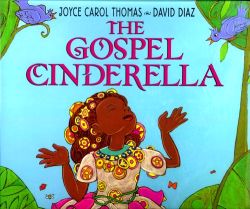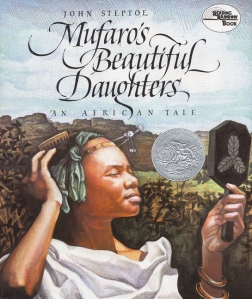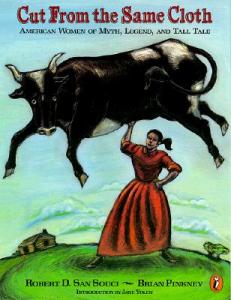The Gospel Cinderella
Thomas, J. (2004). The Gospel Cinderella. New York, NC: HarperCollins Publishers, Inc.
Category: Multiculturalism/Folk Literature
Synopsis of Book: When Cinderella was a baby, she was separated from her mother and was found by a Crooked Foster Mother. Her new step mother already had twin daughters but only took Cinderella in because she needed help in the kitchen. As Cinderella grew, her voice continued to be strong, sincere, and beautiful. The Queen Mother Rhythm (Cinderella’s real mother) is deciding to retire and singing auditions are being held to replace her. Cinderella’s twin stepsisters are only allowed to attend, but that won’t stop Cinderella for she is determined to sing at the audition and make her voice known.
Use in Classroom: I love this version of Cinderella because instead of having a ball, a glass slipper, and a prince that falls in love with her. There is the Great Gospel Convention (audition), an enchanted melody, and a Prince of Music searching for Cinderella’s voice. Comparing this Cinderella story to others would allow students to see the value in being original in writing a story. Showing them that you can use certain aspects of a story but still make it your own would be a great lesson in creative writing.










